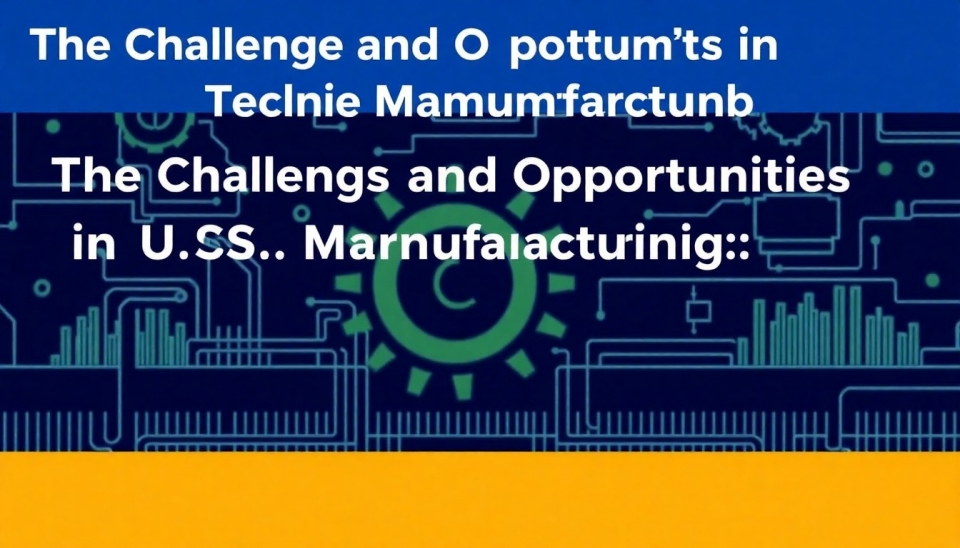
The tech manufacturing landscape in the United States is currently facing significant hurdles as industry efforts clash with the principles of Wright’s Law, which asserts that production efficiency improves with each doubling of cumulative production. This phenomenon poses a unique challenge for the U.S. to scale its manufacturing capabilities, particularly in the semiconductor and artificial intelligence sectors. The implications of this clash are profound, affecting both the pace of innovation and the viability of the country’s manufacturing strategies.
Wright's Law, first articulated by the aeronautical engineer Theodore Wright in 1936, highlights a critical aspect of production: as more units of a product are manufactured, the cost of production typically decreases due to increased efficiencies and learning experiences. This principle suggests that countries with a robust production history of specific technologies often enjoy cost benefits that can be hard for newer production capabilities to overcome.
As the U.S. pushes to bolster its tech manufacturing sector, it encounters the reality that many industries, particularly those in the semiconductor space, have already entrenched themselves in countries like Taiwan and South Korea. These regions have perfected their production processes over decades, creating an uphill battle for U.S. manufacturers attempting to catch up.
The Biden administration’s initiatives aimed at revitalizing domestic manufacturing and reducing reliance on foreign supply chains have gained momentum, bolstered by incentives within recent legislation, such as the CHIPS Act. These efforts are intended to fortify American production of semiconductors, a critical component of modern technology that underpins everything from smartphones to advanced AI systems.
However, while financial investments and incentives are essential, the application of Wright’s Law makes it apparent that increasing cumulative production quickly is equally vital. For U.S. manufacturers to catch up, they must not only invest in infrastructure but also ramp up production to benefit from the descending cost curves that Wright’s Law predicts.
Industry experts assert that overcoming these challenges requires a combination of strategic planning, enhanced workforce training, and collaboration between government and private sectors. Fostering a robust manufacturing environment will depend on the U.S. developing a skilled labor force adept in the nuances of advanced manufacturing technologies. Additionally, the establishment of more resilient supply chains at home could alleviate some of the pressures created by international dependencies.
The road ahead for U.S. tech manufacturing is fraught with challenges, but it is also rich with opportunities for innovation and growth. Success will depend on the ability of the industry to adapt and leverage the principles of Wright's Law while addressing the complexities of a globalized economy.
As the nation stands at this crossroads, the path it chooses will ultimately shape the future landscape of technology manufacturing, determining not only the sustainability of U.S. competitiveness but also its role in global markets.
In conclusion, while the interplay between U.S. tech manufacturing initiatives and Wright's Law presents obstacles, it also outlines a blueprint for strategic growth that could lead to long-term advantages in the burgeoning tech arena.
#USTechManufacturing #WrightsLaw #Semiconductors #BidenAdministration #CHIPSAct #Innovation #CostEfficiency
Author: Liam Carter




